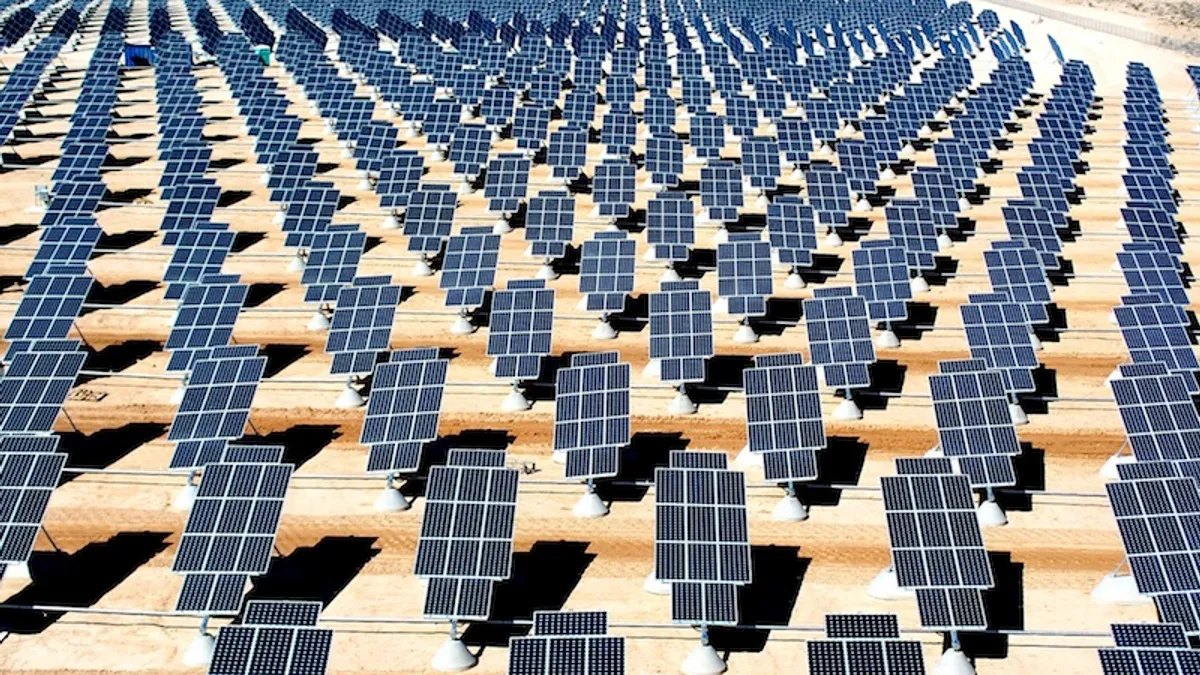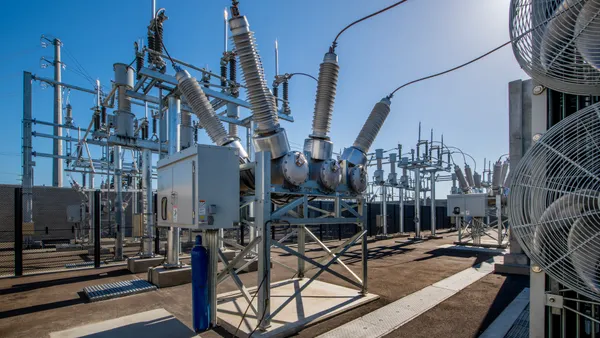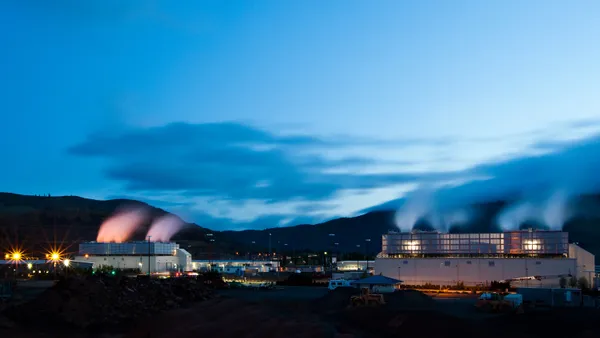Dive Brief:
- Developers of utility-scale solar projects are figuring out ways to get projects into service before 2016 so they can take advantage of the 30% federal investment tax credit, which fades to 10% after that year.
- This will be a challenge because California's investor-owned utilities (IOUs) are well on track to meet their renewable portfolio mandates, which ratchet up to 33% by 2020, and already have more than 7.8 gigawatts of utility-scale PV projects in the contract pipeline. Plus, they have hundreds of megawatts of distributed solar up and down the state, and are required to buy from these resources, at least for now.
- Possible solutions? Solar developers could sign short-term contracts with municipal utilities or they could go into the market as merchants. Signing with munis is a familiar, financeable route to bring them income during the time before big IOUs start buying the power. But prices may not be as advantageous as simply selling into the market as an uncontracted merchant with a pricing structure called a "synthetic power purchase agreement."
- Developers like First Solar, 8minutenergy, and Gestamp Solar want to finish projects before 2017 to get the 30% ITC. The first U.S. merchant solar project is now being developed by First Solar in Texas, and it could strengthen investor confidence in that model.
Dive Insight:
The utility-scale PV market is set to install as much capacity between this year and 2016 as it did all the way through 2013. Clearly the 30% ITC is a critical motivator. Banks and developers will be watching First Solar's Texas project as they devise ways to bring in revenue until they can get long-term power purchase agreements with the big utility buyers that will need them later. In the meantime, Congress could extend the 30% credit past 2016 -- maybe. It's a long shot. Right now, it's unclear what's in a package of tax extenders that Senate Finance Committee Chairman Ron Wyden may bring up for action next week.













